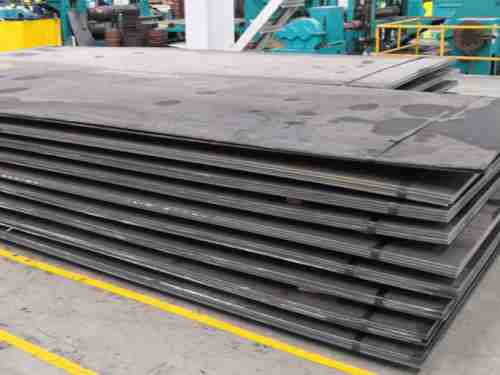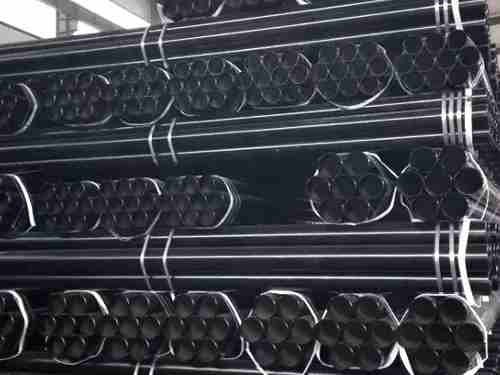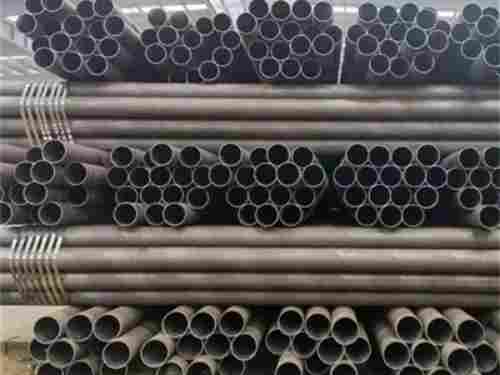The ASTM A6/A6M is a standard specification developed by the American Society for Testing and Materials (ASTM) for rolled steel plates, steel sections, sheet piles, and bars used in general-purpose structural applications. This standard covers a wide range of structural steels, including several types such as W-type, HP-type, M-type, and S-type. Among these, the H-beam steel is classified as a W-type beam.
The standard outlines detailed requirements regarding the size, shape, chemical composition, mechanical properties, and other essential aspects of H-beam steel, ensuring its quality and performance align with the demands of various construction and engineering projects. Below is a comprehensive overview of the ASTM A6/A6M standard as it pertains to H-beam steel.
Scope of Application
The ASTM A6/A6M standard is applicable to the production, processing, and use of hot-rolled H-beams. It provides clear guidelines and specifications for quality control throughout the production process of H-beams.
Dimensional Tolerances
The standard specifies the dimensional tolerances for H-beams, including the allowable deviation ranges for key parameters such as height, flange width, web thickness, and flange thickness. These tolerance ranges are carefully designed based on the intended use and load-bearing requirements of the H-beam to ensure that it provides adequate stability and reliability in practical applications.
Geometric Tolerances
The standard also covers important geometric tolerances, including flatness, parallelism, and angular deviation. These parameters are critical to ensuring the proper processing and performance of the H-beam. For example, the standard may specify limits for flatness, proportion requirements for parallelism, and allowable angular deviation to maintain consistent performance.
Chemical Composition Requirements
The ASTM A6/A6M standard outlines the required chemical composition for H-beam steel, specifying the content range for various alloy elements. These requirements are essential to ensure that the H-beam has the desired mechanical properties, including sufficient strength and resistance to corrosion.
Mechanical Property Requirements
The standard sets out detailed mechanical property requirements for H-beams, including key indicators such as yield strength, tensile strength, elongation, and impact toughness. These properties are crucial for assessing the quality of the H-beam and ensuring that it exhibits the appropriate balance of strength, ductility, and toughness for structural applications.
Production and Quality Control Process
To meet the requirements of ASTM A6/A6M, American standard H-beams must undergo multiple manufacturing processes and stringent quality control measures. This includes selecting high-quality raw materials, controlling the smelting process, adjusting the rolling process, and optimizing the heat treatment procedures. Additionally, various tests and experiments are conducted during production to ensure the stability and reliability of the final product.
Application Scope
The application of H-beams, as specified in ASTM A6/A6M, is vast. In construction, H-beams are used in the fabrication of structural components such as beams, columns, and trusses. Their superior mechanical properties and stable dimensional tolerances enable them to meet the demands of complex load-bearing applications. Beyond construction, H-beams are also essential in industries such as bridges, highways, railways, petrochemical plants, and more.
Importance of ASTM A6/A6M
The ASTM A6/A6M standard is a crucial specification for quality control in the production of H-beams in the United States. It ensures that the H-beams meet stringent requirements for size, shape, chemical composition, and mechanical properties, thereby guaranteeing their suitability for a variety of construction and engineering applications. Adhering to this standard protects public safety, ensures the longevity and reliability of structures, and supports the overall sustainability of the steel industry.
In conclusion, the ASTM A6/A6M standard provides essential guidelines for the production, quality control, and use of H-beams in structural applications. Its comprehensive specifications help maintain high industry standards, ensuring that H-beams meet the complex requirements of modern engineering projects while promoting safe and sustainable development.

 English
English Español
Español











